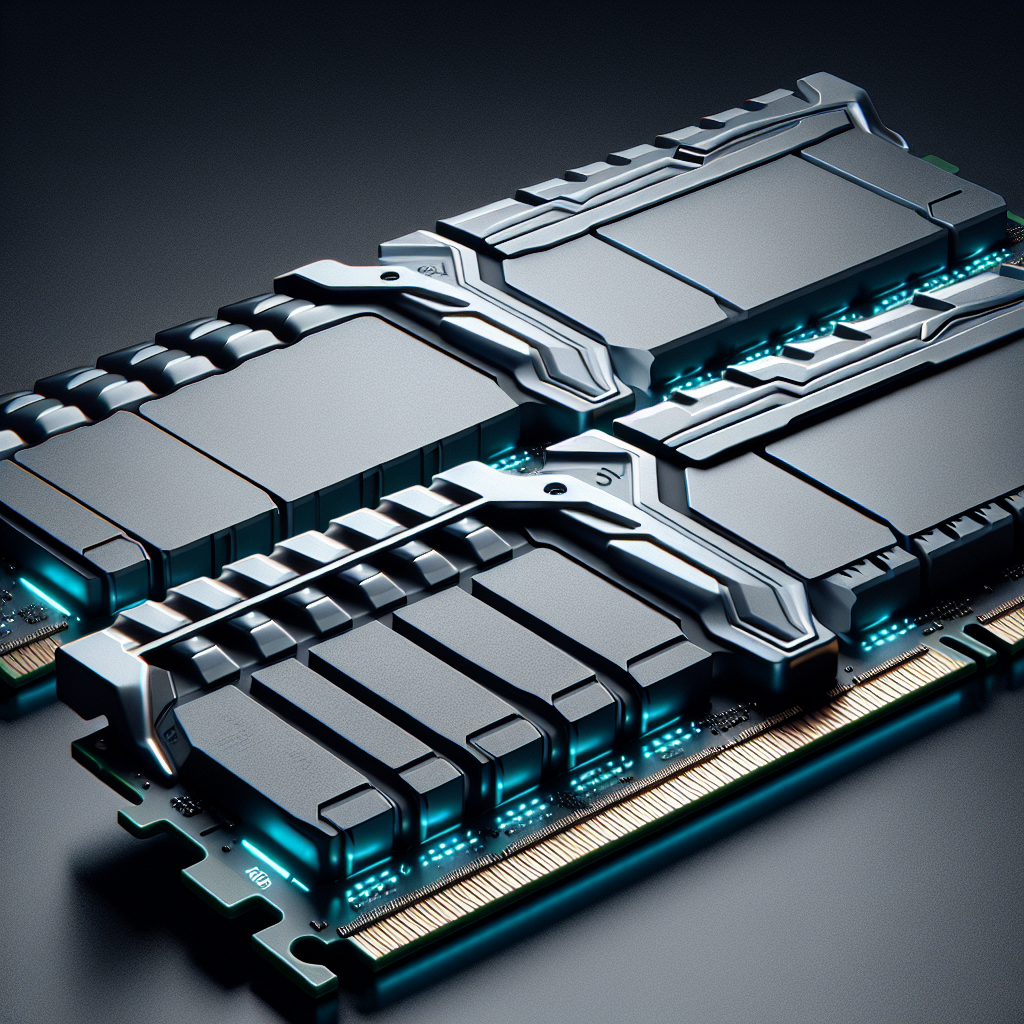Your cart is currently empty!
Comparing the performance of 16GB DDR5 RAM vs DDR4

In the world of computer hardware, RAM (Random Access Memory) plays a crucial role in determining the performance and speed of a system. With the release of DDR5 RAM, many tech enthusiasts are curious about how it compares to its predecessor, DDR4 RAM. In this article, we will delve into a detailed comparison of the performance of 16GB DDR5 RAM versus DDR4.
First and foremost, DDR5 RAM is the latest generation of memory technology, offering improved speeds, bandwidth, and efficiency compared to DDR4. DDR5 RAM operates at a higher frequency, with speeds ranging from 4800MHz to 8400MHz, whereas DDR4 typically operates at speeds of 2133MHz to 3200MHz. This increase in frequency allows DDR5 RAM to transfer data at a faster rate, resulting in improved overall performance.
In terms of bandwidth, DDR5 RAM also outperforms DDR4. DDR5 RAM offers a higher data transfer rate, with a maximum bandwidth of 51.2 GB/s, compared to DDR4’s maximum bandwidth of 25.6 GB/s. This increased bandwidth allows DDR5 RAM to handle more data-intensive tasks and applications with ease.
Another key difference between DDR5 and DDR4 is the voltage requirements. DDR5 RAM operates at a lower voltage, typically around 1.1V, compared to DDR4’s voltage of 1.2V. This lower voltage not only improves energy efficiency but also reduces heat generation, resulting in better overall system stability.
When it comes to gaming performance, DDR5 RAM can offer a slight advantage over DDR4. The higher speeds and bandwidth of DDR5 RAM can help improve game loading times, reduce stuttering, and enhance overall gaming experience. However, the difference in gaming performance may not be drastic for the average gamer, as DDR4 RAM is still capable of delivering solid performance in most gaming scenarios.
In conclusion, while DDR5 RAM offers several improvements over DDR4, including higher speeds, bandwidth, and efficiency, the real-world performance gains may not be significant for the average user. For those who require the latest and greatest technology or engage in data-intensive tasks, DDR5 RAM may be a worthwhile investment. However, for most users, DDR4 RAM continues to be a reliable and cost-effective option for their computing needs. Ultimately, the choice between DDR5 and DDR4 RAM will depend on individual needs and budget constraints.

Leave a Reply